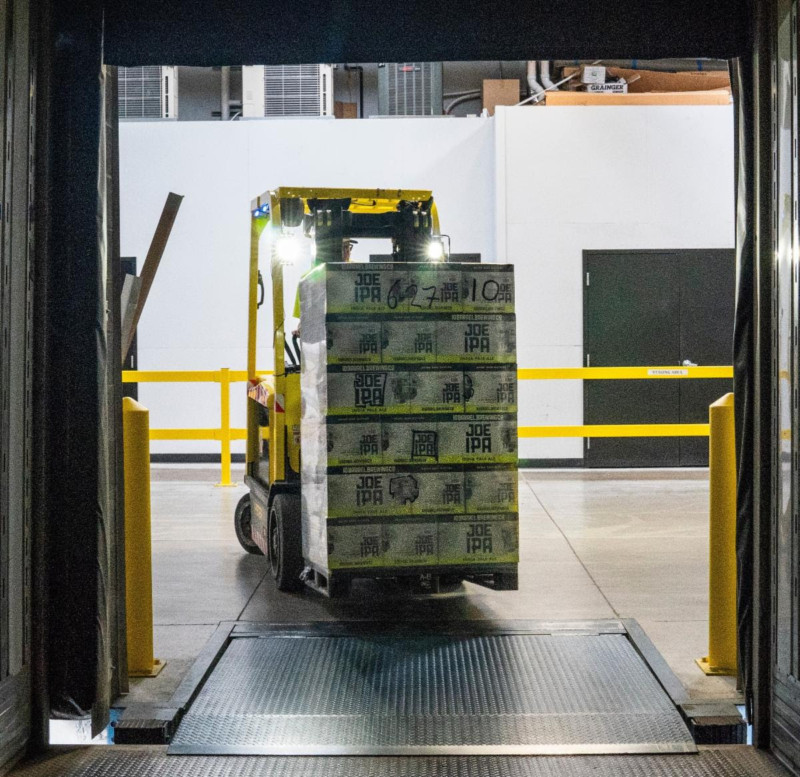Some of you may know you have common law rights in your protectable trademarks just by using those marks in interstate or foreign commerce, so you might wonder why you should pay for a trademark registration.
Seizure of Knockoff Goods
US Customs and Border Protection (CBP) and US Immigration and Customs Enforcement agents seized 34,143 shipments of infringing goods from abroad during the 2018 fiscal year. Had these seized goods been genuine, the total estimated manufacturer’s suggested retail price (MSRP) of the seized goods would have been nearly $1.4 billion.
To have CBP help you prevent importation of foreign knockoffs of your products, you must first register the intellectual property in those products with the US Patent & Trademark Office or the US Copyright Office.
Then you will need to register the intellectual property with CBP. For copyrights and trademarks, this is a simple process that can be handled online. Trade names not used as trademarks may also be recorded, but this cannot be done online at this time.
Protection from Cybersquatters
While there are numerous reasons to register your mark as soon as possible, one of the more significant is that it’s much easier to defend a federally registered mark against cybersquatters who might register domain names that are confusingly similar to your mark.
The Uniform Domain Name Dispute Resolution Policy (UDRP) provides a low-cost administrative method for resolving cybersquatting disputes. To establish a cybersquatting claim under the UDRP, the trademark owner must show that the domain is confusingly similar to its trademark, that the domain name registrant has registered and is using the domain name in bad faith, and that the registrant has no legitimate interest in the domain name.
While you can use the UDRP process even if your mark wasn’t registered with the USPTO before the cybersquatter registered its domains, it’s much more difficult – and usually significantly more expensive – to prove your rights in the mark without such a registration.
If your mark isn’t federally registered, you’ll have to prove secondary meaning, that is, that your mark is a distinctive identifier of your goods or services.
Factors the UDRP arbitrators consider in determining whether a mark has a secondary meaning include the length and amount of sales under the trademark, the nature, and extent of advertising, consumer surveys, and media recognition.
Note that, in order to avoid having to prove secondary meaning, your mark has to be registered before the cybersquatter registered the domain. Further, if a cybersquatter registers a trademark in a country where use of the mark is not required for registration (as it is in the US) and the cybersquatter registers first, it may very well prevail in the arbitration.
For these reasons, it’s important to register your marks as soon as possible.
Additional Benefits of Federal Registration
Registering your mark federally makes it easier for other people to see that you’re using it since it will be easy to find in even a basic trademark search. This makes it less likely that others will accidentally infringe your mark.
Further, the US Patent and Trademark Office has a duty to cite prior registrations against applications for confusingly similar marks.
Additional benefits of registration include the fact that a federal registration is considered “prima facie” evidence of the validity of your mark and your exclusive right to use it with the goods or services covered by your registration. If there is any litigation involving the mark, the mark is presumed to be valid, and the other side would have to overcome this presumption.
Only federal registration allows you to use the ® symbol. Use of that symbol provides you with the presumption that the unauthorized user knowingly violated your trademark rights and makes it more likely you’ll recover damages and attorneys’ fees for the infringement.
Perhaps most important, a registered trademark that has been in continuous and unchallenged use for a period of five consecutive years may become “incontestable.” That is, you can secure rights superior to those of a prior but unregistered user if the original user doesn’t object to your registration within five years.
What about other countries?
If you’re using (or plan to use) any of your trademarks in other countries, you should consider filing for trademark protection there as well. The United States is a party to a treaty which allows registration of marks that are federally registered in the US in 122 countries through the US Patent and Trademark Office.
Many foreign countries have “first to file” registries. That is, the registration is granted to the first applicant to file, regardless of the applicant’s use or non-use of the mark. It is, therefore, important for you to file as soon as possible for protection in those countries.
Please feel free to contact us if you have any questions about, or need assistance with, registering or enforcing your trademarks.
Photo by Elevate on Unsplash






